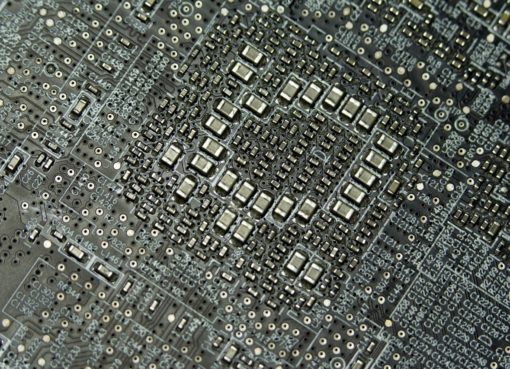Your Windows system comes preloaded with a lot of useful & effective built-in utilities that help you improve your system performance significantly. These smart built-in utilities offer your instant and effective results in no-time. Here, we have discussed ways to speed up your slow computer instantly and effectively.
Update Software: While you are thinking about speeding up your system performance, this should be the first step you should take. Here, the system sends you regular update notifications to keep your system software up-to-date. These updates include bug fixes, security patches, and other important features. Thus, you should be quick to install these updates through notifications to keep your system performing well. In case you have missed on some critical update, then you can do it manually too. In that case, you need to search “check for updates” in the search box on the taskbar. There you need to select Windows Update option. Once you are on Windows Update windows, it will display you all available updates. You can follow the process there to update your system software.

Manage Startup Programs: What best step could be than to speed up your startup process to improve overall system performance. To do this, again you can use a built-in utility on your system. It helps you kill all unnecessary startup items that run during boot process. To do this, go to taskbar on your system, right-click on it and select Task Manager. Once Task Manager window appears, tap on “More details” button it will display you all startup items in detail. Now sift through the list to find unnecessary items, right-click on it and tap on Disable option. This simple step will not only boost your boot process but it will also work as a RAM optimizer.

Update Drivers: Next in the process is to update drivers. Old drivers not only cause performance issues but it may also some serious problems too. Thus, we suggest you keep your system (and related) drivers up-to-date to speed up your slow computer. For this reason, your system offers you a built-in utility under Device Manager to update drivers. To begin with, search “device manager” in the search box on the taskbar and select it from the given options. Once you are on Device Manager window, look for the category (related to device) you want to update driver for. Expand that category, right-click on it and choose “Update driver” option. Here, you will find two options. To update drivers automatically, select “Search automatically for updated driver software” and to browse the driver location select “Browse my computer for driver software” option.

Clean Cluttered Registry: Cluttered and unorganized registry is another reason that makes your system run slow. Here, your system registry gets cluttered over time when you keep on adding, deleting and resizing files & programs. Further, registry errors may cause various performance issues including system lag, random crashes and lot more. To deal with issue, you can use built-in registry optimizer and editor tool on your Windows system to fix the problem. To do this, go to the search box on the taskbar and search and select “regedit”. Allow necessary permissions. It will open a Registry Editor for you, where you can see and edit or fix registry errors and issues.

Note: You should be extra vigilant while following this step as could cause some serious issues when followed in a wrong way. Thus, we suggest you should not use this step if you don’t have idea how the registry works.
Clean Junk Files: Your system accumulates and stores lot of junk files in different forms over time. You can find these junk files in different forms like temporary files, old download folders, temporary Internet files, system error memory dump files, log files and lot more. These files accumulate in small number over time and start creating performance issues. To deal with these unnecessary files, you can use built-in Disk Clean utility on your system. To access Disk Cleanup utility, go to the search box on the taskbar and search & select “disk cleanup”. Here, it will ask you to select the drive that you wish to clean, select it. Now it will scan the selected drive and display you all junk files in detailed report on Disk Cleanup window. Here, scroll down to find and delete all junk files instantly. To do this, simply select the files you want to delete and press “OK”.
Also, read: Best 5 data retrieval Tools you probably dont know about

In addition to these junk files, you can also use this utility to find and clean all old & obsolete system files. To do this, simply press “Clean up System Files” button in the lower-left corner. It will again ask you the drive you wish to clean, select it from here. Now it will scan the selected drive and display you all unnecessary system files. From here, you can select all unnecessary files and simply delete them. It also allows you to clean unnecessary program & feature files and system restore and shadow copies.
Also, Read: See how to select the right Data cleansing software
Conclusion: The biggest benefit of using built-in utilities on your Windows system is that it cost you nothing and helps you improve your system performance significantly. Here, we have discussed some of these useful built-in utilities to help you speed up your computer performance. If you know more such steps, feel free to comment below.

Ankush Ameria is Working at systweak.com. Who loves to write on PC tips, latest software and apps to boost system performance.





Comment here